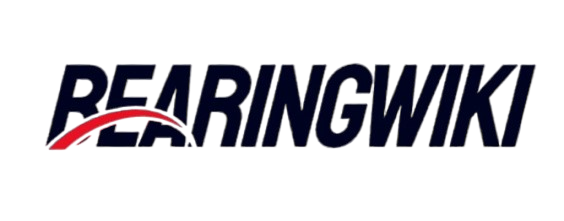
Introduction: A Critical Angle in Bearings Design
As a leading manufacturer of high-performance bearings, we know that the seemingly smallest geometric feature can hold the key to system success. In the world of thrust bearings, that feature is the static tilt angle (φ₀/ψ₀). This precise, microscopic angle is not merely a design detail; it is the fundamental controller of the bearing’s operational integrity—governing everything from load capacity to the dynamic stability of the entire rotating system.
Our research and extensive testing reveal a fascinating trade-off, one that every serious engineer must master:
Increasing the tilt angle within an optimal range significantly boosts the bearing’s load-carrying capacity. However, pushing this angle too far creates a severe localized temperature spike, ultimately undermining overall thermal stability.
Understanding this balance is what separates a standard bearing from a truly high-performance component.
The Mechanics of Load: Unlocking the Fluid Film
To appreciate the role of the tilt angle, we must look to the bedrock of fluid lubrication theory: the Reynolds Equation.
The core of a thrust bearing's function lies in generating a hydrodynamic pressure wedge. As the thrust collar rotates over the stationary pad, the slight pre-set tilt angle ($\phi_0, \psi_0$) forces the lubricating oil into a narrowing, wedge-shaped gap.
-
The Angle's Role: This wedge geometry is the physical foundation for the load-carrying force. A well-configured tilt angle creates a distinct and powerful pressure distribution—a concentrated high-pressure zone—which effectively separates the surfaces, thereby maximizing load efficiency. The larger the optimal angle, the more pronounced this wedge, leading to higher instantaneous pressure and greater load support.
This is the principle we use to custom-design bearings capable of handling extreme axial loads in demanding applications like turbine machinery and industrial compressors.
Beyond Capacity: Enhancing Dynamic Stability
Load capacity is only half the story. In high-speed turbomachinery, stability and vibration damping are often the critical factors determining operational life. Our analysis of dynamic performance curves shows that precise optimization of the tilt angle does more than just support the static load:
-
Stiffness and Damping: The appropriate $\phi_0$ and $\psi_0$ configuration directly influences the dynamic stiffness and damping coefficients of the oil film.
-
Stiffness: Enhanced stiffness means the bearing offers stronger resistance to displacement, crucial for maintaining rotor position under varying loads.
-
Damping: Effective damping characteristics act as a brake on vibration. By properly setting the tilt angle, we can effectively absorb and dissipate vibrational energy, mitigating resonant responses and improving the overall running smoothness and anti-disturbance capability of the rotor system, especially at high rotational speeds.
-
This dynamic tuning is paramount for avoiding catastrophic failures caused by rotor whirl or instability.
The Engineering Challenge: Multi-Objective Optimization
In summary, the tilt angle is the engineering bridge connecting two vital performance metrics: load-carrying capability and rotordynamic stability.
In the real-world design and manufacturing of thrust bearings, setting this angle is an exercise in multi-objective synergy. It cannot be determined by a single formula. Our engineers must meticulously integrate several critical, often competing, factors:
-
Thermal Management: Ensuring the localized temperature in the high-pressure zone remains below the lubricant's safe operating limit to prevent breakdown.
-
Material Strength: Considering the stresses placed on the bearing pad material (e.g., Babbitt or Polymer) by the concentrated pressure.
-
Operational Profile: Matching the tilt angle to the anticipated speed, load range, and specific lubricant viscosity of the end-user's application.
Conclusion
For engineers seeking maximum performance and reliability, optimizing the static tilt angle is non-negotiable. It is the key leverage point to maximize the thrust bearings overall utility. By mastering the delicate balance between maximum load generation and thermal stability, we deliver bearing solutions that not only carry the load but also ensure the long-term, stable operation of the world's most critical rotating assets.
Would you like me to refine any section, perhaps add a specific example of an industry application (like marine propulsion or power generation), or adjust the tone further?




